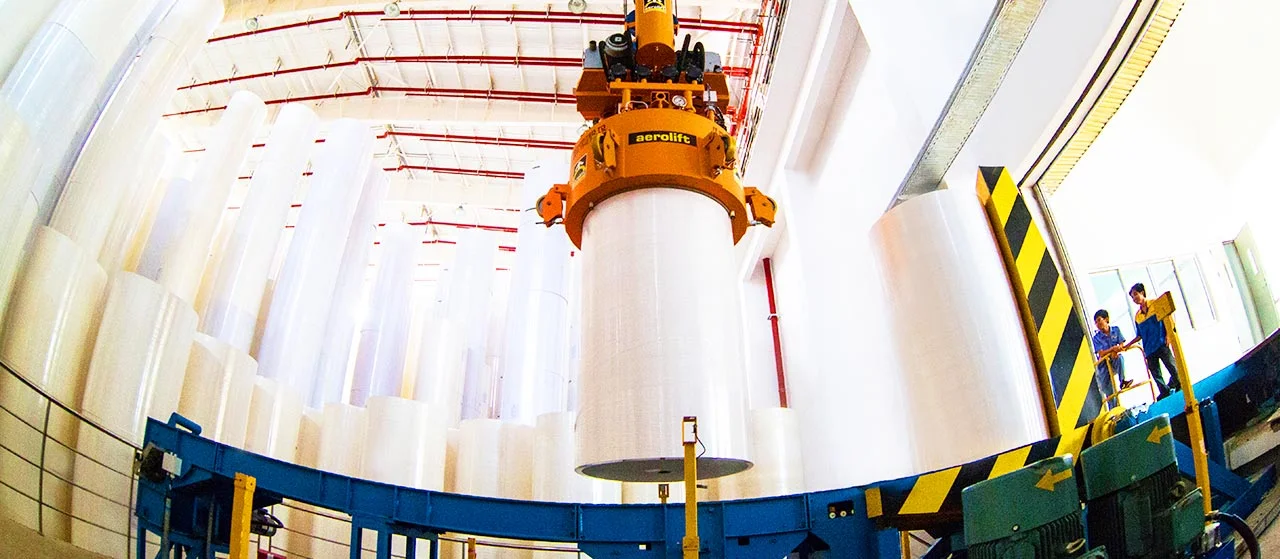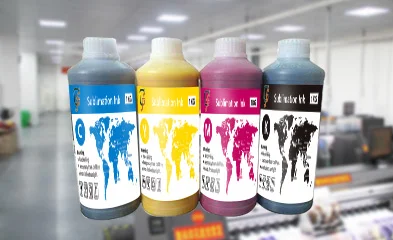HOT SALE
APPLICATION
Phone:+86-15215969856 E-Mail: 396838165@qq.com
Getting vibrant, long-lasting prints in sublimation isn’t just about having a fancy printer or slick design. It’s about using the right tools—especially the ink. Skimp on that, like trying to use regular ink instead of sublimation-specific stuff, and you’re in for a world of trouble: faded colors, botched transfers, or even busted equipment. This article dives into why regular ink flops in sublimation setups, breaking down the science, the pitfalls, and how pros can nail it every time with solutions like Changfa Digital’s tailored inks and papers.
The Fundamentals of Sublimation Printing
For professionals in the digital printing industry, achieving consistent, high-quality results hinges on a precise synergy between ink, paper, and substrate. That whole solid-to-gas switch? It’s what makes sublimation stand out from other print methods. The final print doesn’t just sit there—it becomes part of the material itself.
The Science Behind Sublimation Transfer
Sublimation starts with printing a backwards image on special paper using sublimation ink. Hit it with heat and pressure in a press, and the ink turns to gas, melding right into the polyester. That shift from solid to gas? It’s what sets sublimation apart from other print styles. Your design ends up fused into the material, not just stuck on the surface.
Key Differences Between Sublimation Ink and Regular Ink
Trying to save a buck by using regular ink on sublimation paper? Big mistake. Sublimation inks are made with special dyes that turn to gas when you crank up the heat. Regular inks, though? They’re usually water- or pigment-based and just don’t have that magic. They won’t vaporize during the heat transfer, so they’re pretty much useless for sublimation.
The Role of Sublimation Paper in the Transfer Process
Sublimation paper plays an essential role by holding the dye on its surface until it’s activated by heat. Changfa Digital is a professional sublimation paper manufacturer and has been supplying digital printing services for 15+ years, it’s a factory for sublimation papers, from base paper to making coating and slitting and shipping to all of the world. Their papers are engineered to release nearly 100% of the dye during transfer, ensuring maximum color fidelity.
Problems With Regular Ink on Sublimation Paper
When you attempt to use regular ink on sublimation paper, you’re essentially misaligning chemistry with physics. This mismatch leads to several technical failures during production. Regular inks do not vaporize under heat; they simply dry or burn off. This causes: Without proper vaporization, there’s no dye penetration into the substrate—only surface staining or incomplete transfers occur. Since regular inks aren’t formulated for molecular bonding, they fail to adhere permanently to polyester fabrics or coated surfaces. Even if some image appears transferred, it will be muted and blurred. Regular inks lack the wide color gamut and vibrancy that sublimation inks offer after transfer.
Challenges of Using Regular Ink in Sublimation Printing
Using regular ink in sublimation printing might look like a quick fix to cut corners, but it’s a recipe for headaches. From mismatched materials to fading prints and pricey equipment fixes, the downsides stack up fast. Here’s a closer look at why regular ink just doesn’t cut it, breaking down the issues with substrates, durability, and the hidden costs that hit your bottom line.
Material and Substrate Considerations
The type of substrate you print on also determines whether regular ink will perform adequately, which it often doesn’t in professional settings. Polyester-rich textiles are ideal for sublimation due to their open polymer structure at high temperatures. Textile materials after transferring: Sunproof Level 6; Washproof Level 4-5. These performance levels are only achievable using true sublimation inks—not regular ones. Hard items like mugs or metal panels require coated surfaces compatible with gaseous dyes. Regular ink cannot bond chemically with these coatings, resulting in peeling or fading over time.
Long-Term Durability Concerns
Durability is where regular inks fall drastically short when used in a heat transfer workflow. Without chemical bonding, prints made using regular ink will wash out quickly or fade under sunlight exposure—rendering them unsuitable for commercial use. Sublimated designs resist scratching because they become part of the material’s surface layer. Regular inks sit atop substrates and wear off easily under friction or moisture exposure.
Cost Implications of Using Incompatible Supplies
Using regular ink on sublimation paper might feel like a cheap workaround, but it’ll cost you big time. Every messed-up print wastes pricey stuff like coated mugs or polyester shirts, and those losses pile up fast. Plus, regular inks are too thick or chunky for sublimation printheads, gumming things up and forcing you to spend more on fixes and downtime.
Comparing Regular Ink vs. Changfa Digital Sublimation Ink
To avoid these pitfalls entirely, professionals turn to purpose-built solutions such as sublimation inks engineered specifically for this process.
Adopt environmentally friendly solvents, safe and nontoxic; Wide color gamut, vivid color excellent fluency Sunproof Level 6; Washproof Level 4-5. These attributes ensure that your output meets commercial-grade standards while protecting your equipment investment long-term.
Optimizing Results with Changfa Digital’s Integrated Ecosystem
Success in sublimation isn’t just about choosing good ink—it’s about aligning every component of your workflow seamlessly.
Recommended Combinations: Printer, Ink, and Paper from Changfa Digital
We offer all kinds of sublimation paper manufacturers and digital printing service. We can make the width range: 61cm–188cm etc. Their ecosystem ensures compatibility across media types—from thin tissue papers used as protective layers during pressing to roll-fed wide-format printers optimized for throughput efficiency.
Technical Support and Workflow Integration Services Offered: Changfa Digital provide 24-hour service. We have professional staff online service solve problems you encounter. Our support team helps integrate new systems into your existing setup while minimizing production disruptions—a critical factor for high-volume operations.
Final Thoughts on Achieving Professional-Grade Results
If you’re aiming for vibrant colors that last through washes, abrasion-resistant prints on hard surfaces, or seamless scalability across textile formats, you need more than just any ink. You need solutions built from decades of expertise like those offered by Changfa Digital. Changfa Digital is a professional sublimation paper manufacturer and has been supplying digital printing services for 15+ years, offering an integrated system backed by advanced manufacturing lines imported from Germany. Whether you’re customizing sportswear or producing promotional items en masse, their products ensure you never compromise on quality or reliability.
FAQ
Q: Can I use regular printer ink instead of sublimation ink?
A: No. Regular printer ink lacks the chemical properties needed to sublimate under heat; it cannot bond permanently with polyester substrates during transfer processes.
Q: What happens if I accidentally use regular ink on sublimation paper?
A: You’ll experience poor image quality, failed transfers, clogged printheads, wasted materials—and ultimately higher production costs due to rework or equipment damage.
Q: Where can I find reliable sublimation inks compatible with my printer?
A: Visit Changfa Digital’s official site where you’ll find high-performance CMYK formulations tailored for different nozzles, including Epson I3200s and Kyocera heads.









